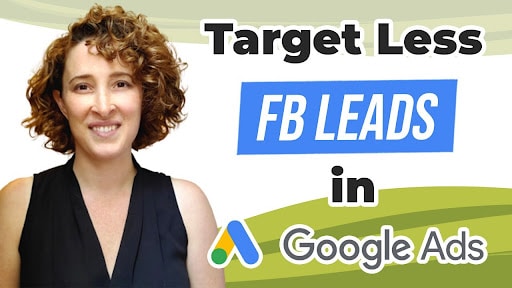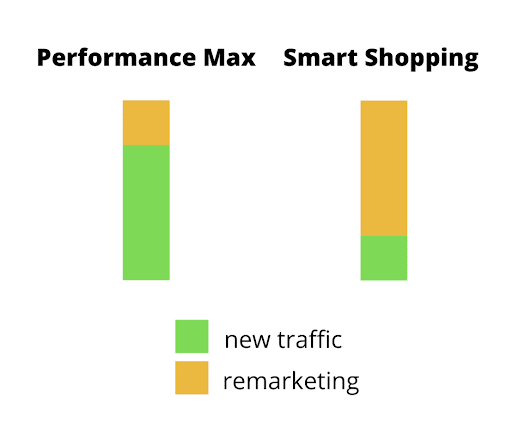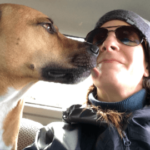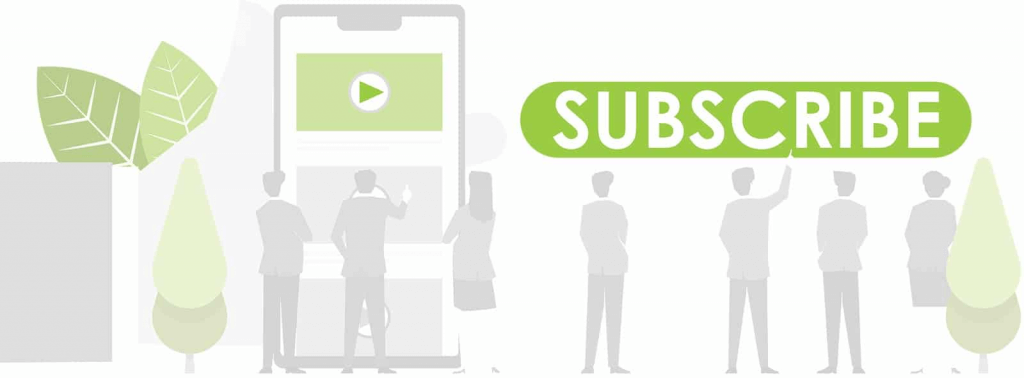Stop us if this sounds familiar.
You’ve had steady success running Facebook Ads for your business and decide to add a second digital advertising platform (Google Ads) to target even more leads for your business.
So you run both Facebook Ads and Google Ads, and soon your overall ROAS is dropping and your Google Ads campaign doesn’t seem to be as profitable even though your Facebook campaign has been performing well for years.
Good news! There is actually a simple reason for this—and a few equally simple things you can do to fix the problem.
Solutions 8 Client Manager Regina Bellows addressed the issue in a recent YouTube video and had this to say:
“What happens when you add a second platform is that a certain percentage of converters have interacted with both platforms before they convert. This means that both platforms are going to try to claim the conversion.”

Why is this important?
Say your overall ROAS was 300% when you were running just Facebook Ads. Now that you’ve added Google Ads, you may be hitting a 300% ROAS for both platforms, but your overall ROAS is no longer 300%. This happens because your second platform (Google Ads) is now getting clicks on the same people that are interacting with your first platform (Facebook Ads).
However, your business still needs that cash flow and you can’t afford to operate with a lower overall ROAS simply because you chose to add a second advertising platform.
What do you do?
First, keep in mind that there is no way to avoid this problem completely.
It is inevitable that there will be people that interact with both platforms, and your cost of advertising will go up when you add a second platform. Rest assured, this is only going to be a small portion of your converters. And in the long term, as your business grows, it will become less and less of an issue.
But right now, when your Google Ads budget is very small, it may feel like a heavy burden to take on. Fortunately, we have found a few ways to avoid the issue—and it starts with tapping into the future that is Performance Max.
(Need a quick refresher on Performance Max campaigns? Click here.)
Start by cutting back on remarketing—at least in the short term.
One of the best ways to minimize the crossover between your Facebook Ads and Google Ads is to cut back on remarketing.
Say someone interacts with your Facebook Ads, visits your website, but doesn’t convert yet. Google will go after that website visitor because that’s just what Google does; it’s really, really good at remarketing. Now, there are times when remarketing is incredibly effective, but this is not one of them.
For now, as you get used to running both Facebook Ads and Google Ads, we recommend temporarily reducing your remarketing spend in Google Ads while your business grows a bit, then allow it to do more remarketing later on. This will help to ease that transition into the omnichannel marketing space.
How do you reduce remarketing? A couple of ways:
First, don’t run Smart Shopping.
Smart Shopping is BIG on remarketing. Solutions 8 Chief Strategist John Moran is always saying that Smart Shopping promotes to 80% existing website traffic/customers and 20% to new customers… but Performance Max is just the opposite.

PMax is going to focus on trying to generate new customers, meaning it’s going to do less remarketing and target less repeat business. We’ve found that running a PMax campaign is a great way to mitigate some of the issues that we’ve been running into over the past few years with Smart Shopping.
Also make sure your Audience Signals don’t target website traffic or recent converters.
Within your Asset Groups, if your Audience Signals tell Google to look at your recent website visitors or recent converters, this will give it permission to do a lot more remarketing. So, make sure your Audience Signals don’t target any website traffic or recent converters.
While you’re at it, be sure to keep Brand out of the Audience Signals.
Why? Because someone searching for your brand name already knows you. They’ve likely been to your website already and/or interacted with a Facebook or Instagram Ad, so go into Audience Signals under “Converting Search Terms – Purchase Intent” and make sure you remove any keywords that are using your brand name.
Implementing these simple steps will direct the Performance Max campaign to tell Google to keep its hands off any Facebook users, and just by doing so we have seen tremendous success. The number of new converters goes down, and it makes it so your bottom line ROAS won’t dip so heavily from where it was before you started running ads on two platforms.
One final thought: You can also raise your ROAS a bit on both channels.
For example, if you bump up to 325% for Facebook Ads and 325% for Google Ads, this should accommodate for that 25% that is going to be the overlap, allowing you to reach your 300% overall ROAS goal.
Best of luck!
Author
Pamela is the Senior Content Writer at Solutions 8. When she's not writing, you can find her hiking in the woods with her dogs. She is currently on a quest to visit every national park in the United States.
 Pamela Sapio
Pamela Sapio











